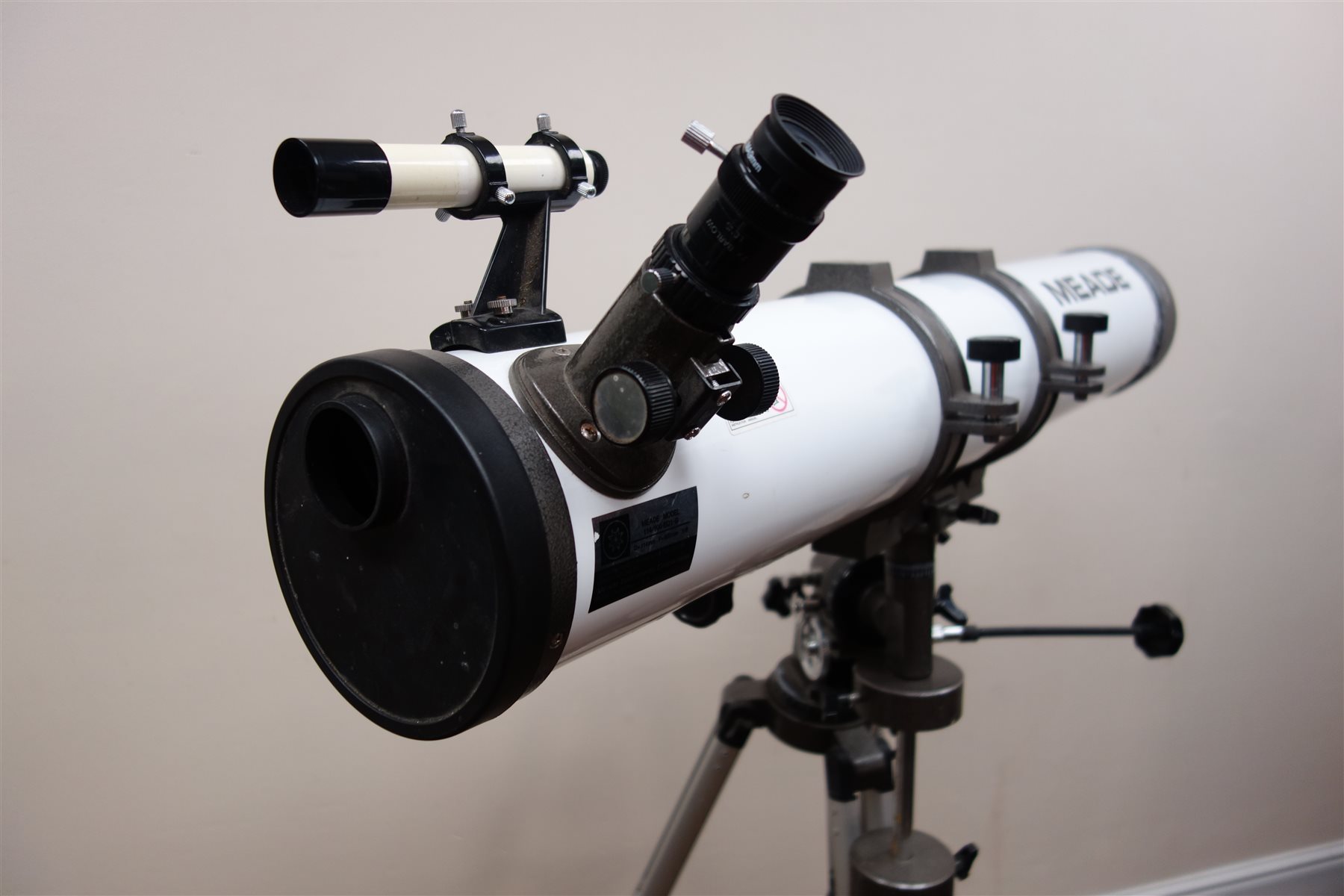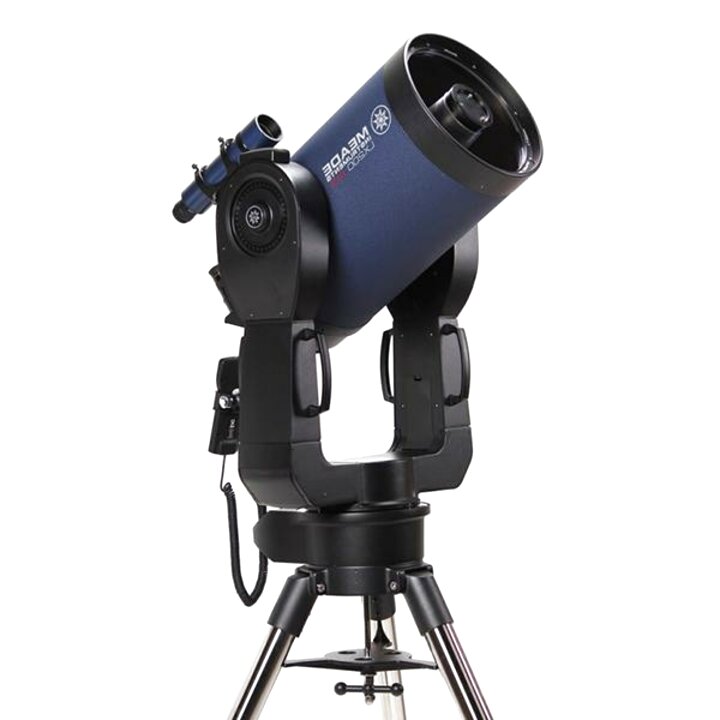
When the screws are tight, the telescope lifter can let go of the telescope. Start each screw into its hole first before screwing any of the other screws all of the way in. You may have to move the telescope base back and forth a bit on the face of the wedge to allow the screws to be easily inserted. These screws go into their holes from the back side of the wedge. Once the screw in hole 3 is snug, the other two screws can be screwed into holes 1 and 2. Do not screw it in as tight as possible (make it snug), rather only enough so that if the lifter had to let go of the telescope for some reason before the other two screws had been secured, the telescope would not fall to the ground. While the telescope lifter continues to support/hold the telescope, the screw person should then tighten the screw in hole 3. The person lifting the telescope can then put the bottom of the base flat on the face of the wedge and allow the half screwed in screw to slide into the wedge’s slotted hole. At this point the person handling the screws should screw one of the screws about a quarter of the way into hole 3.

To attach the telescope, one person lifts the telescope out of the case. You might find it convenient to lock the declination lock before lifting the scope and placing it on the wedge. lock is on the top of the right/left fork arm. lock is right above the base (where the fork arms connect to the base). lock is the the black knob on the side of the right/left fork arm. locks are located in the following places: Standing at the base end of the case and looking down on the scope, the R.A. When you open the telescope case you should find that the right ascension (R.A.) and declination (Dec.) locks are unlocked. Also remember to keep a hold on the telescope with at least one hand at all times until all three screws are tight and the telescope is securely fastened to the pier (the handles on the LX200’s fork make this condition reasonable).

While this is possible just remember to be extremely careful. If you are by yourself you will have to do both tasks. When putting the telescope on the pier it helps to have two people work together, one person to handle the telescope and the other person to handle the screws. Holes 1 and 2 correspond to the two holes lower on the wedge’s face. Hole 3 corresponds to the slotted hole at the top, center of the wedge face.

You will see that the holes of the telescope’s base match up with holes on the face of the wedge. A good place to store this cover while you are observing is in the telescope case. Remove the canvas cover from the pier’s polar wedge. Directly opposite holes 1 and 2, on the rounded part of the base’s bottom, there is another screw hole which we will call hole 3. On the bottom of the rectangular part of the base there are two screw holes which we will call holes 1 and 2. You will find that the base of the telescope is both rounded and rectangular. Locate the three large screws in the parts box (these screws hold the telescope to the pier).


 0 kommentar(er)
0 kommentar(er)
